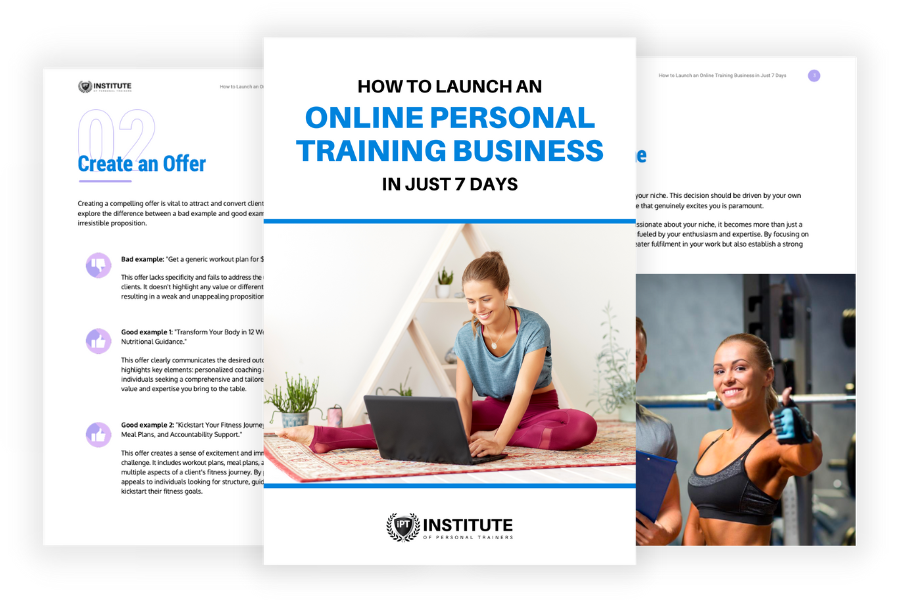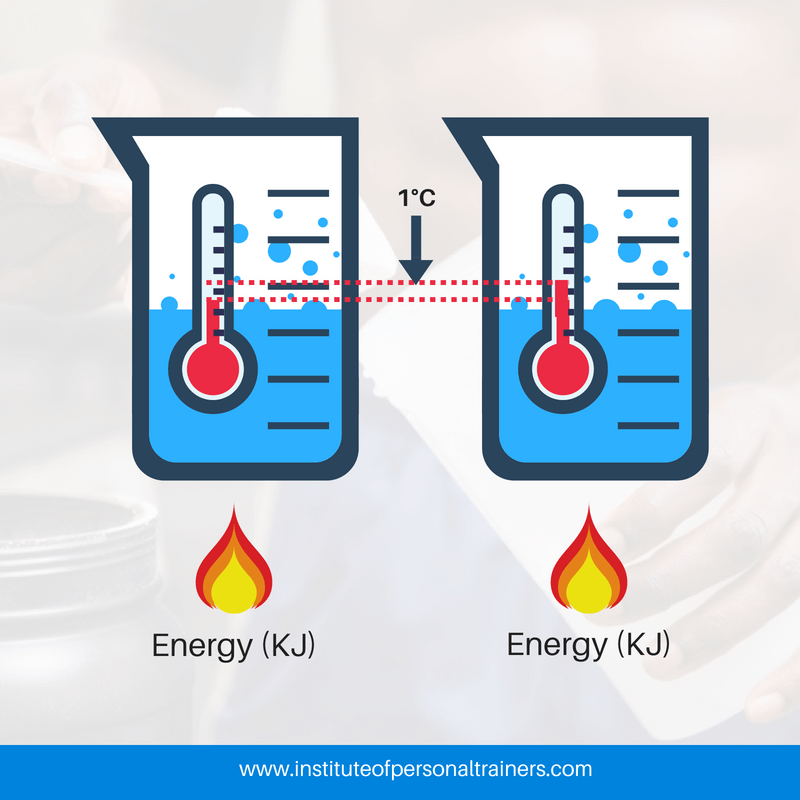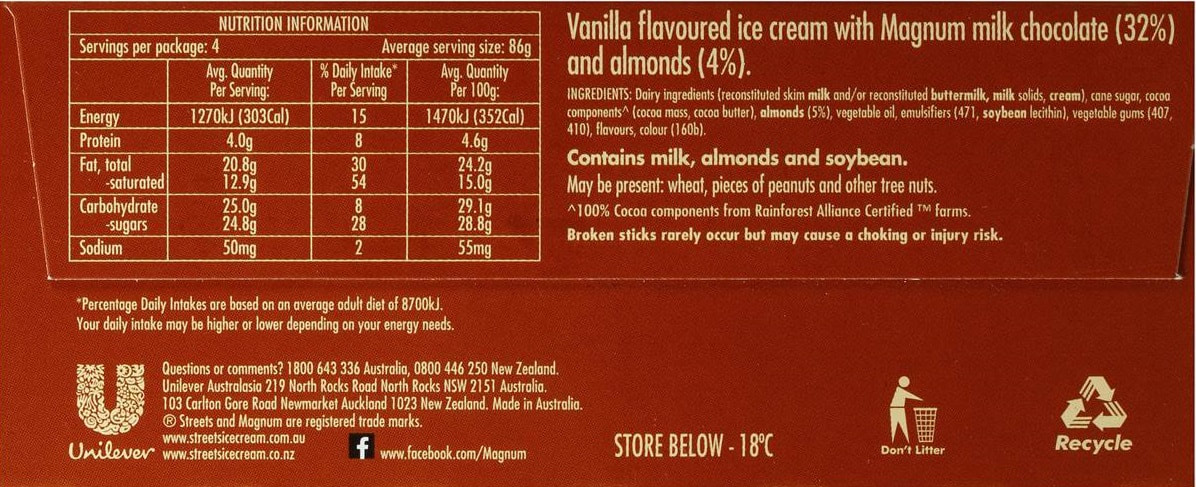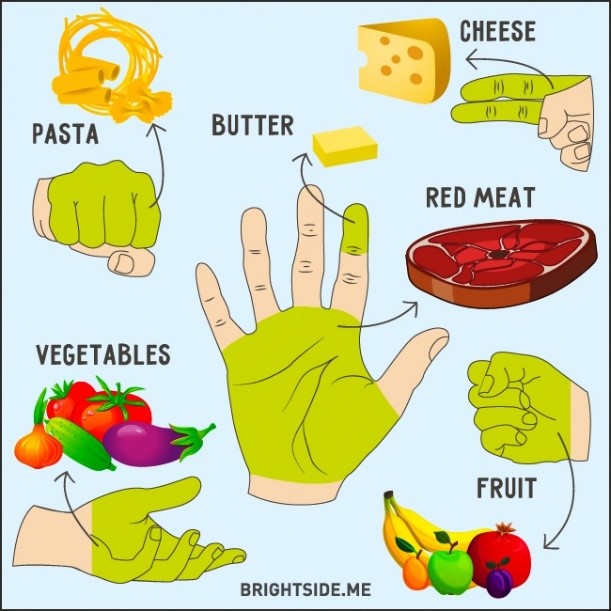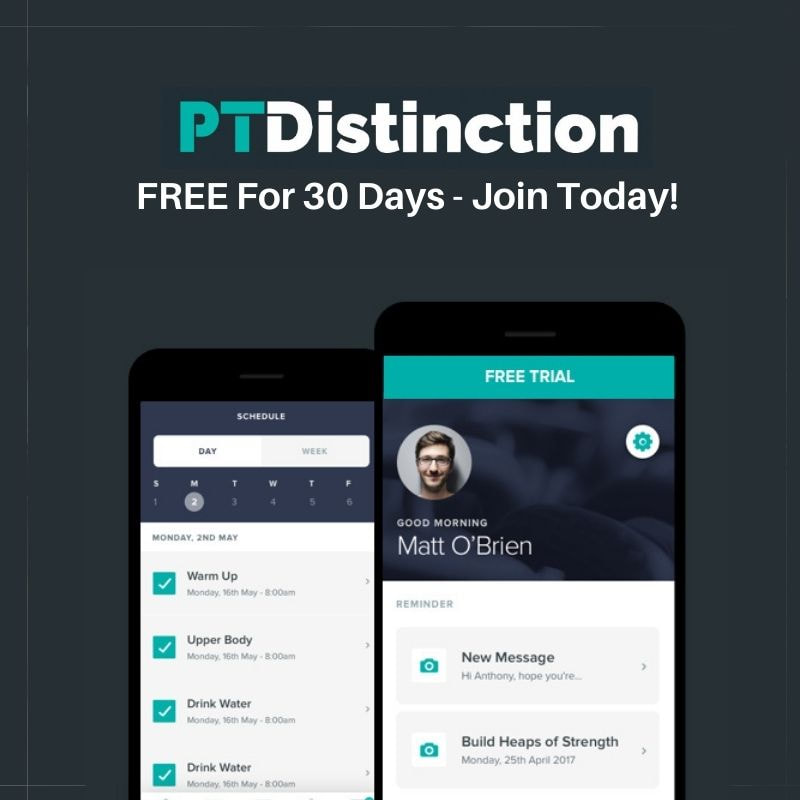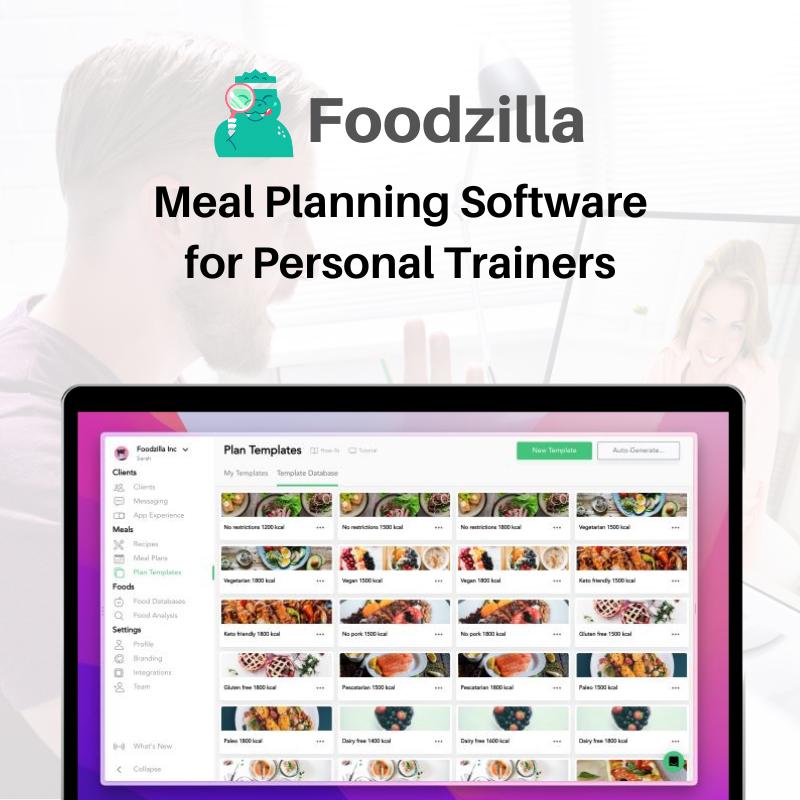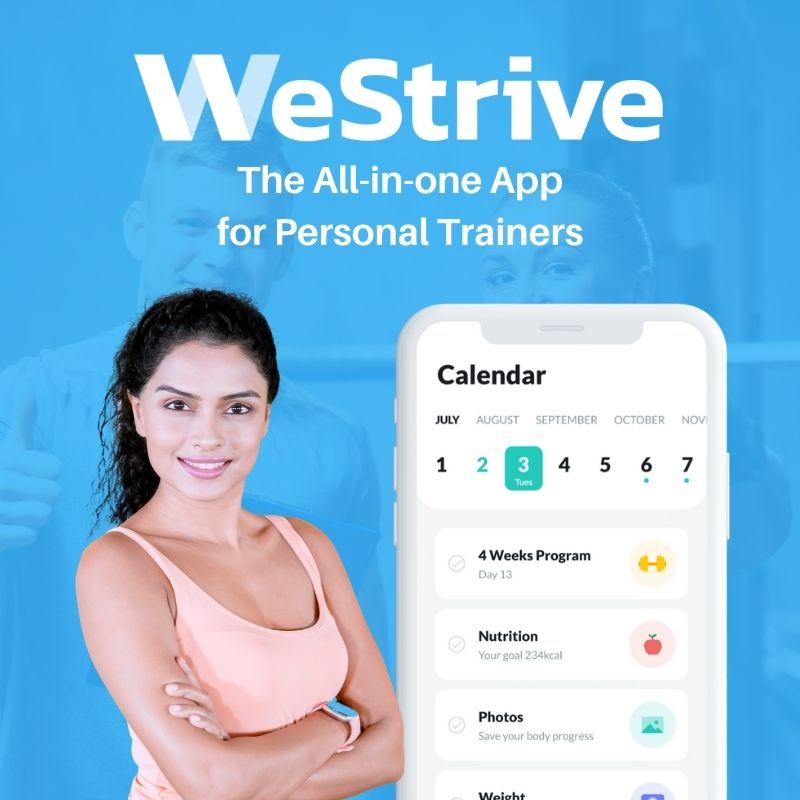|
FREE GUIDE: HOW TO LAUNCH AN ONLINE PERSONAL TRAINING BUSINESS
IN JUST 7 DAYS
✓ The new, better way of launching an online business
✓ The fastest way to create in irresistible offer ✓ A simple system to sell to clients who are interested |
|
If you're a personal trainer who wants to get results for your clients, you're going to need to have a conversation with them about calories. Whether it’s counting them, watching them, or blaming them for making us put on weight. But how many of us actually know how to describe them? Or even teach them to our clients? The official definition of a calorie is a unit of heat energy and we measure this heat energy in two different ways:
Why are calories important to my clients? Simply put, whether your clients' goals are weight loss or muscle gain, you'll need to track calories in some way to ensure your clients reach their goal. When we eat and drink more calories than we use up, our bodies store the excess energy as body fat. If this continues over time we may put on weight. As a guide, an average man needs around 2,500 calories a day to maintain a healthy body weight. For an average woman, that figure is around 2,000 calories a day. However, these values can vary depending on age, size and levels of physical activity, among other factors. Knowing how many calories are in food and drinks is important to ensure you’re not consuming too much, or too little. Should all clients track calories? No, some clients will be paying you to track calories for them. With that said, it is still useful to know what calories are, how they work and how many calories are in a serving of food. Much in the same way that it's useful to know how much fuel you have left in your car. Teaching clients about the calories in a serving of food There are many ways to teach calories but the simplest way is with an analogy. Calories are like fuel for a car. There's good quality fuel and there's bad quality fuel. The car stores this fuel in a fuel tank. Your liver. If the car consumes more good quality fuel you'll get more miles per gallon. Like a car, if you don't consume enough good quality sources of fuel, you burn out pretty quickly. If you consume too much fuel, your fuel tank, your liver, overflows. This isn't a big deal for a car because the overflow spills out never to be seen again. But for a human body, that overflow is stored as fat. The analogy starts to break down here because calories are made of three key macro-nutrients. These are:
All your clients need to know is that a gram of protein has 4 calories worth of energy, a gram of carbohydrate has 4 calories, and a gram of fat 9 has calories (just to add - a gram of alcohol has 7 calories). The key to helping clients understand how many calories they consume is repetition. Being consistently aware of how much you're actually consuming and the easiest way to do that is to read food labels. Calories are listed in the nutritional information section on all food packaging and showing your clients where to find these can be a real eye opener. One Magnum Almond ice cream contains 25g carbohydrates, 20.8g fats, 4g protein. Food labels have done all of the work and list exactly how many calories are the foods you eat under "Energy". All your clients need to do is to associate this with their fuel tank. Roughly how many calories have they consumed compared to how many calories they need to maintain, lose weight or gain muscle. How can I help my client to get results? As a personal trainer, you will work with a variety of general population clients, but from my experience, the bulk of your clients will have weight loss goals. To lose weight, we need to be in a calorie deficit. This means consuming less calories than the number required to maintain our body weight. To do this you can either:
When reducing calories, it’s important to stay sensible, as our bodies need calories (energy) to keep us alive and our organs functioning properly. Not to mention the negative psychological impacts of consuming less. An easy starting point for you and your clients is to replace certain foods with better, more nutritionally dense foods. This way, the client doesn't feel as though they're consuming less, but their overall calorie intake reduces. For people who don’t do any exercise at all, before looking into changing food, it may be a good idea to get them to start doing some exercise, which will burn calories (helping to create a calorie deficit). You may have clients who want to gain weight, typically mean and women who have bodybuilding goals. For this, the opposite is true. They need to be in a calorie surplus, which means consuming more calories than the number required to maintain our body weight. Again, around 500 calories above is a good general guideline. How to track my client’s nutrition We can do this in two ways:
Habit/ template based tracking can come in many forms – you may have seen something similar to this before. This is (usually) a good starting point for general population clients. It gives them guidelines on what and how to eat. Combined with exercise, as long as the client is sticking to this template, it should provide good results. The reason is simple. We’re essentially cutting out all empty calories, which are those that provide energy but very little nutritional value. This includes things such as ice cream, pastries, cookies, hot dogs, pizzas, alcohol, soft drinks, and all the other delicious processed food we love to eat. Using MyFitnessPal is another option, and even though more time consuming, it is a great tool. Many studies showed that people trying to lose weight did better when keeping a food diary, and a recent small scale research study on obese adolescents showed they were able to lose more weight when using a smartphone app as opposed to paper based food logging. As people get used to running their lives on their smartphone, as a trainer it may be useful learning how MyFitnessPal can benefit your clients' fitness journey. This way, you can help your clients truly lose weight in the long run, as you’ll be able to understand the calories going in on a daily, weekly, and monthly basis. Wrapping UpTo conclude, a calorie is one of two units of heat energy. We need calories to survive, but, for a client to lose weight, they have to be in a calorie deficit.
This isn’t always an easy thing to do, so it’s important to get the balance right between exercising more and eating less. Different approach will work better for different people. For example, when I am losing weight, I’d rather increase exercise duration and intensity, just so I can eat slightly more, but obviously, some people don’t have that luxury with regards to time. |
Our All In One Platform
Check out out all in one business & marketing platform for personal trainers!
WEBSITE BUILDER | FUNNELS |MEMBERSHIPS | SCHEDULING| EMAIL MARKETING| PAYMENTS| CRM | AI ASSISTANT | SURVEYS
Popular Articles
Trusted Partners
We work closely with some of the best service providers in the fitness industry.
Categories
All
|

